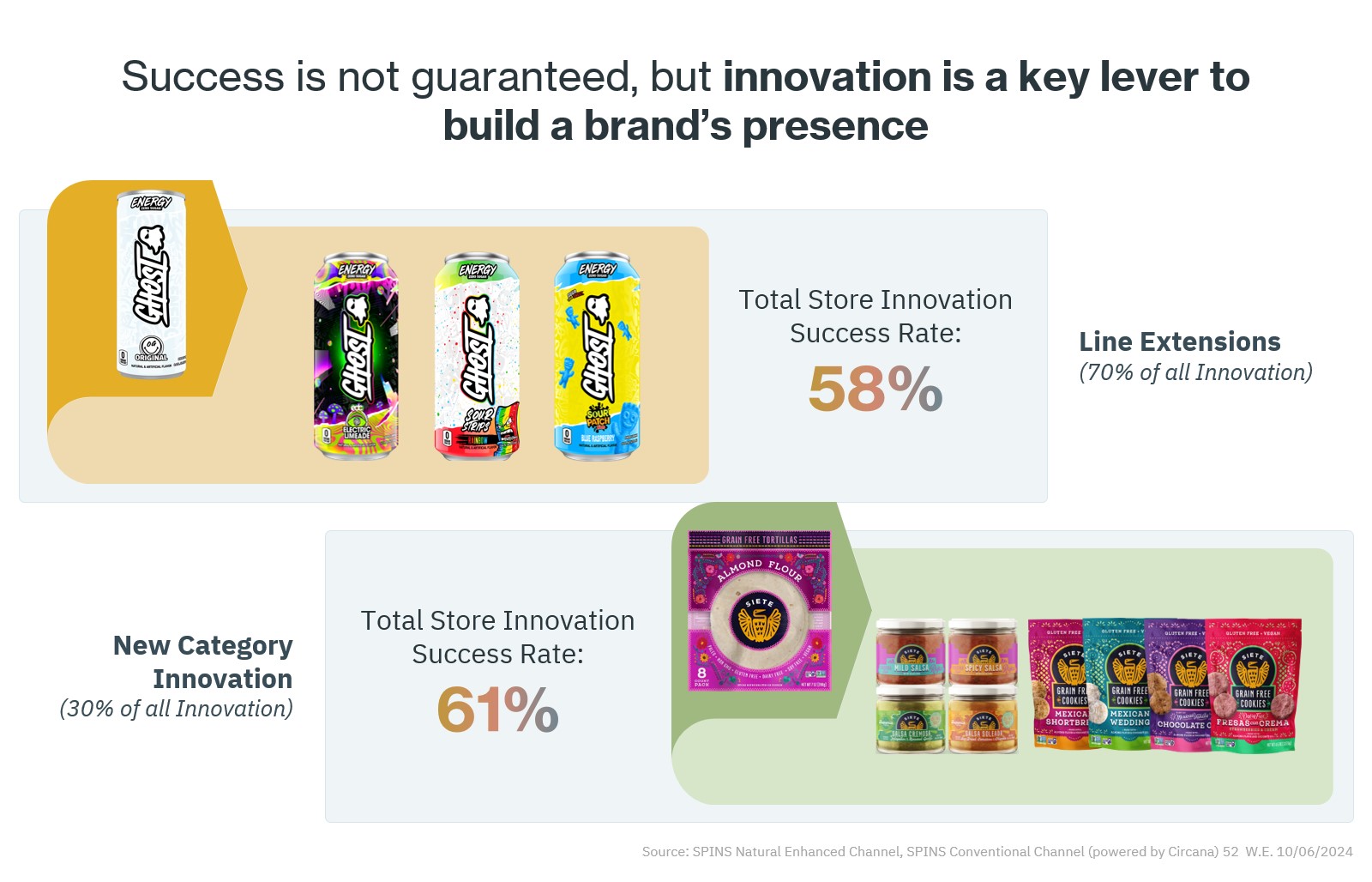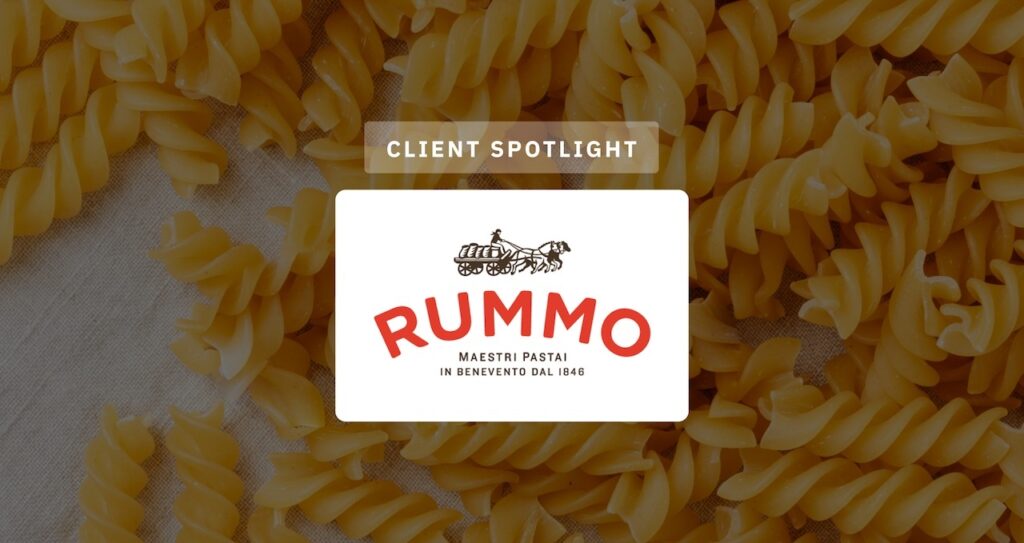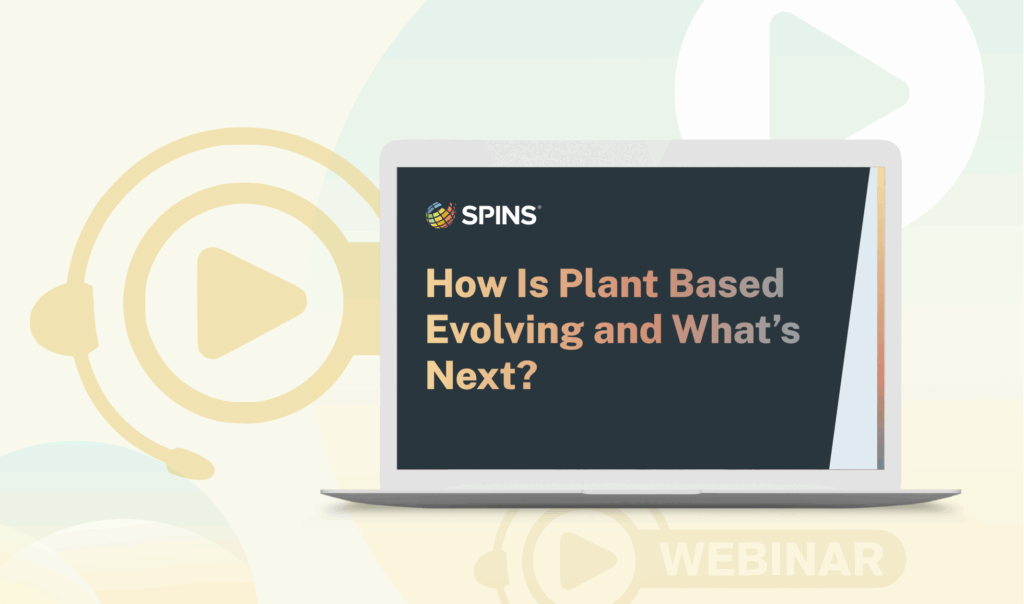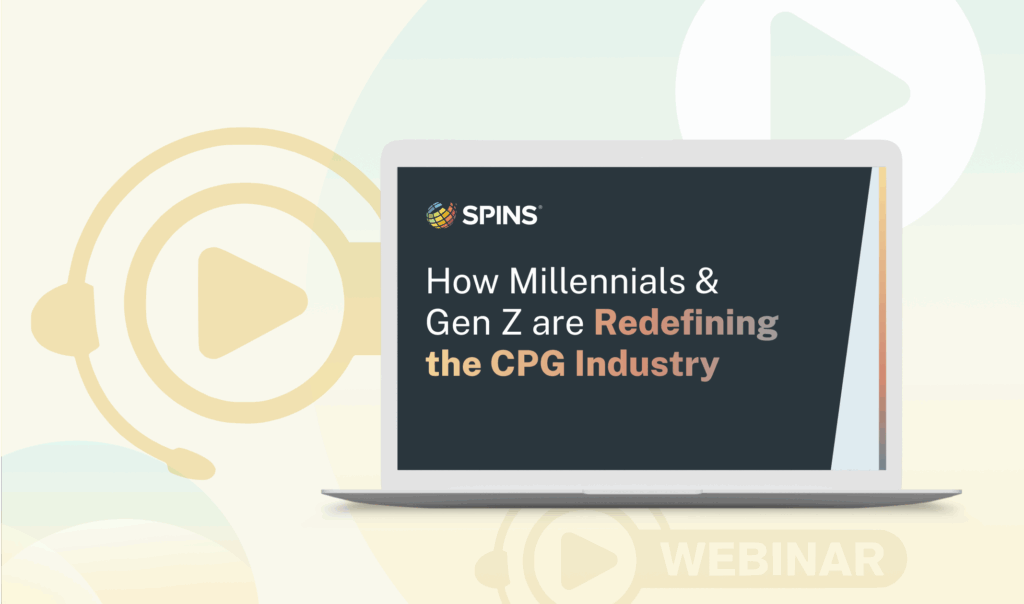In a competitive and ever-evolving consumer marketplace, innovation is more than a buzzword – it’s a necessity. Yet for many CPG brands, understanding how to innovate can be just as challenging as the innovation itself. Should you stay close to your core product line or branch into new categories? How do you ensure your innovation investments lead to meaningful returns?
Why Innovation Matters More than Ever
Innovation continues to dominate strategic conversations among CPG executives. This isn’t just about launching the next flashy product; it’s about building long-term brand value and staying relevant to evolving consumer needs. In this guide, we’ll explore:
- Why innovation matters now more than ever
- Market trends around product launches
- Frameworks to approach innovation thoughtfully
- Real-world cautionary tales of innovation gone wrong
But first, let’s look at the current state of innovation in the marketplace.
Fewer Launches, Bigger Bets
Despite the undeniable importance of innovation, the total number of new product launches has steadily declined across both MULO and Natural channels over the past three years. At first glance, this may suggest a slowdown in innovation, but the story beneath the surface is more nuanced.

In reality, companies are becoming more selective and more strategic. Instead of flooding the market with a wide array of new items, brands are narrowing their focus and aiming to launch the right products, products that are most likely to succeed.
Executives are doubling down on innovation investments, with increased R&D budgets and long-term innovation strategies baked into earnings calls and annual planning. This reflects a growing awareness that innovation isn’t about volume, it’s about precision and purpose.
Innovation as a Pathway to High Valuation
One of the clearest arguments for investing in innovation? Market validation through acquisition.
Brands that have demonstrated strong innovation capabilities are often acquired at higher valuations. Take Ghost and OWYN, for example; both have successfully introduced new SKUs closely aligned with their existing products, resulting in significant portions of their brand share coming from items launched within just the past two years.

Meanwhile, other brands like Siete, Simple Mills, Ancient Nutrition, and Rao’s have taken a different approach. They started in one category and expanded their presence across the store. These bold moves into adjacent categories have not only fueled brand growth but also often redefined their position in the marketplace.
Both strategies—portfolio extension and category expansion—show that innovation is not one-size-fits-all. But when done right, it’s a proven catalyst for brand value.
The Real Success Rate of Innovation
Innovation may be a high-stakes game, but it’s far from a gamble.
Analysis of innovation across the total store over a two-year period revealed strong success rates for both close-to-core and category-expanding innovations. Success was defined as products that not only grew in their first year but continued to accelerate into their second.

This data underscores a powerful insight: thoughtful innovation, whether iterative or expansive, often delivers real results. Brands that approach innovation with a clear strategy and market understanding are more likely to succeed than fail.
That doesn’t mean every new item will be a home run. But with the right frameworks and a commitment to continuous learning, innovation becomes a reliable lever for growth, differentiation, and ultimately, valuation.
Get the full Report - Excellence In Innovation: How CPG Brands Can Find The Right Path
Download






